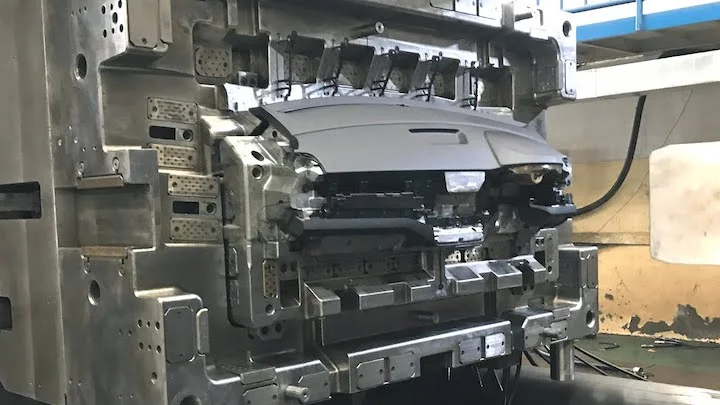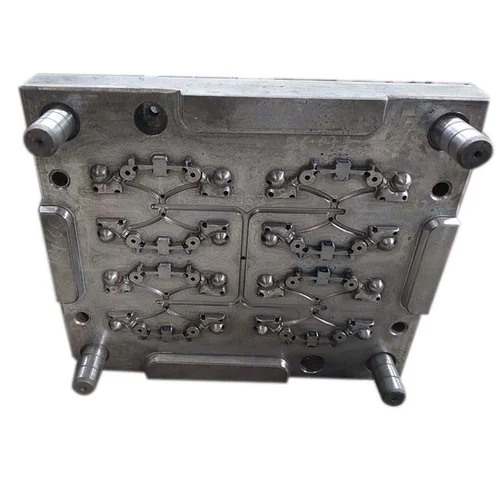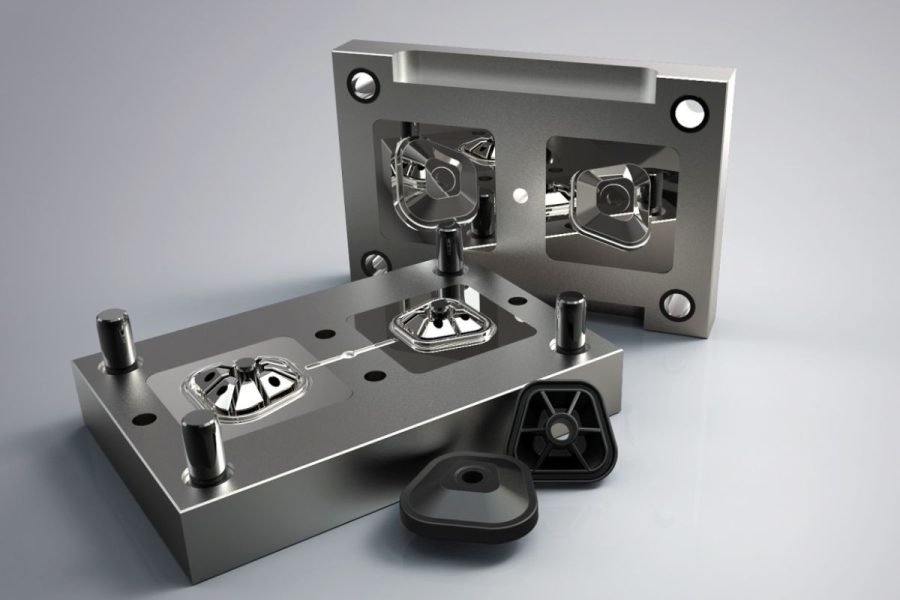
Mold design is a critical factor in ensuring the strength and durability of automotive parts, as it determines the structural integrity and performance of components under real-world conditions. Automotive parts are subjected to rigorous demands, including mechanical stress, temperature variations, and exposure to chemicals, making it essential to design molds that produce robust and reliable components.
Precision in Material Distribution
A well-designed mold ensures uniform material distribution, which is vital for part strength. Uneven thickness or poor flow can create weak points that compromise the durability of the component. Features such as balanced gating systems, optimized flow paths, and strategic placement of cooling channels are incorporated to prevent defects like warping, sink marks, and internal stresses. Simulation tools like mold flow analysis are often used to predict and resolve potential material flow issues during the design phase.
Design for Load-Bearing Components
Many automotive parts, such as suspension mounts, brackets, and engine covers, must withstand significant loads without deformation or failure. Mold designs tailored for such components account for material properties, reinforcing rib structures, and optimal wall thickness. These features enhance the mechanical strength of the parts while reducing weight, which is crucial for improving vehicle efficiency.
Enhancing Durability with Material-Specific Designs
Mold design also plays a key role in leveraging the full potential of the chosen material. Automotive parts are manufactured using a variety of materials, including thermoplastics, thermosets, and composite materials. Each material has specific requirements for temperature, pressure, and cooling rates during molding. For example, fiber-reinforced composites require molds that align fibers strategically to enhance tensile strength and resistance to fatigue. Properly designed molds ensure that material properties are maximized for durability.
Minimizing Stress Concentration
Stress concentration points, such as sharp corners or abrupt transitions, can weaken parts and reduce their lifespan. Mold designs address these issues by incorporating smooth transitions, radii at corners, and gradual changes in wall thickness. These design elements distribute stress more evenly across the part, reducing the likelihood of cracks or fractures over time.
Improved Cooling and Heat Resistance
Automotive components often operate in environments with extreme temperature fluctuations, such as engine compartments or undercarriages. Mold design incorporates advanced cooling systems to ensure even solidification, reducing residual stresses that can compromise heat resistance. For heat-resistant materials, molds are designed to support high-temperature molding processes while maintaining dimensional stability.
Fatigue Resistance for Long-Term Durability
Automotive parts are subject to repeated cycles of stress and strain, which can lead to material fatigue. Mold designs incorporate reinforcing features, such as ribbing, gussets, and textures, to improve fatigue resistance. These features ensure the part can withstand prolonged use without structural failure, making them reliable for the vehicle’s lifespan.
Surface Quality and Protective Features
In addition to structural strength, surface quality affects durability by reducing susceptibility to environmental damage. Mold designs with precision textures and finishes can enhance resistance to corrosion, abrasion, and UV exposure. Such features are particularly important for exterior parts that are directly exposed to harsh conditions.

